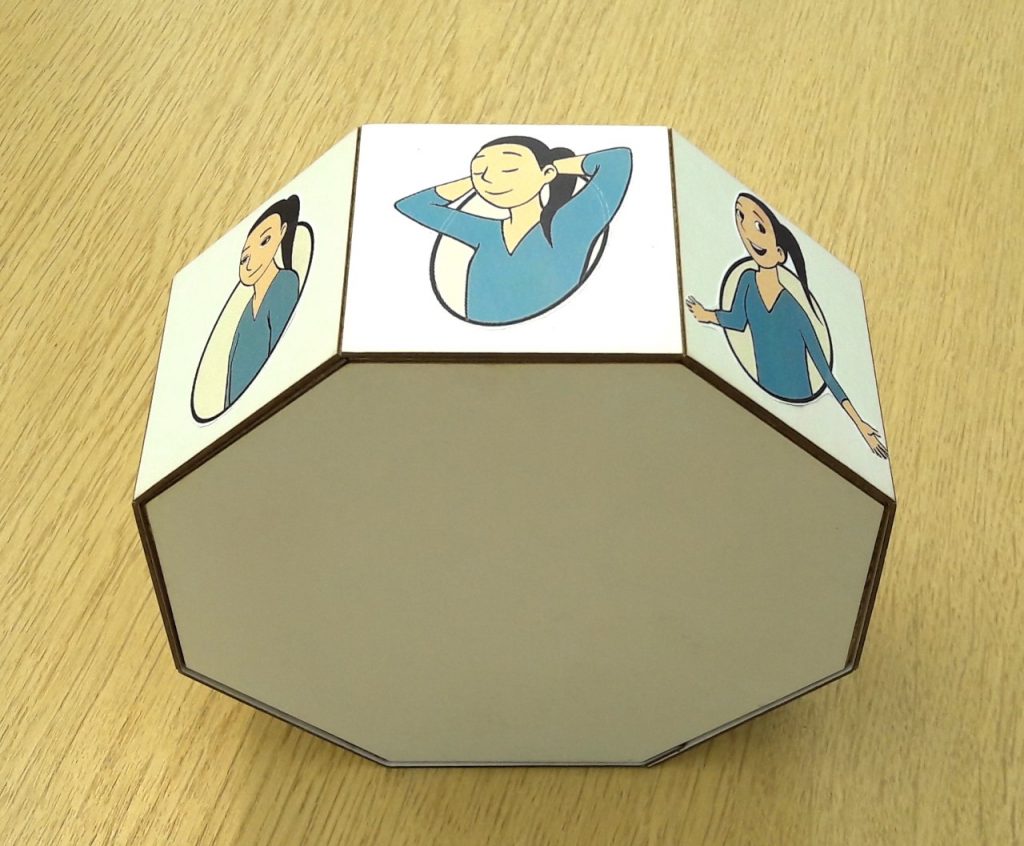By Daniel Gooch.

Today I presented work from the STRETCH team on our emotion-monitoring devices to an international conference in Sydney. What was it all about?
The STRETCH team believe that home healthcare technology should not only help older adults improve the physical health, but also their mental health.
Lots of research has gone into developing technologies to help monitor what is going on inside an older persons’ home (such as making dinner or having a shower), so that the monitoring system can report worrying trends to friends or family.
While such research is important, it doesn’t support the emotional wellbeing of the older adults being monitored. The STRETCH team want to change this, and develop technology to successfully monitor how older adults are feeling so that our system can do something to support people who are having excess negative feelings.
To ensure that privacy is retained, we wanted our logging system to involve the older adults doing something. This has the side-effect of actually helping the older adults along the way
– research shows that active engagement in thinking about your wellbeing can cause improvements. We also wanted our designs to be tangible; to require physical interaction to log the mood.
Rather than start our designs from scratch, we explored a variety of existing paper-based psychological measures of emotion. We selected three different scales – one that was word based, one that was based around a cartoon face of different emotions, and one based on movement within space. We then constructed a variety of paper prototypes based on these scales, before selecting three to test (including the Emotion Octagon shown above).
We wanted to demonstrate that these paper prototypes using tangible inputs would produce results similar to the established psychological scales. After all, there is no point collecting wellbeing data if you can’t trust what that data means.
Through our lab-study with 14 older adults (aged 63 to 90), we found that our paper prototypes were collecting accurate enough data. This demonstrates that we are moving in the right direction.
We’re currently in the process of finalising some more aesthetically-pleasing versions of the devices which can capture the data electronically. We will be testing these devices with households across MK and Exeter to explore whether such devices can support the wellbeing of older adults as they age in place.
If you want to find out more about our work, you can read our published paper on ORO.
